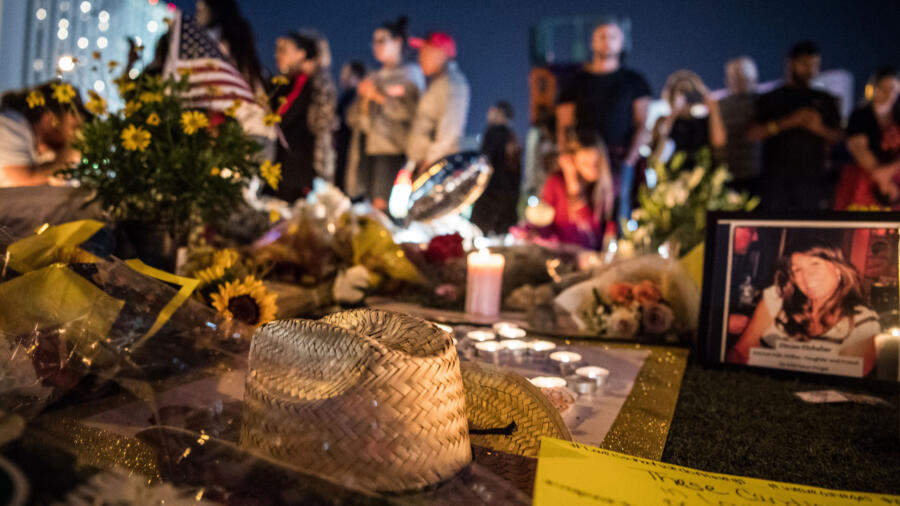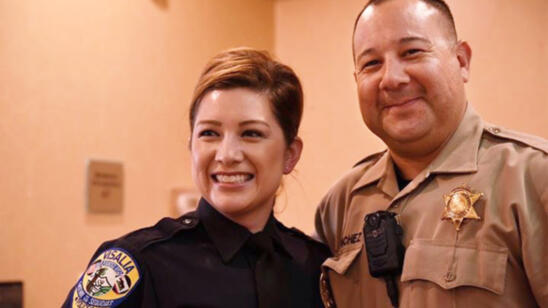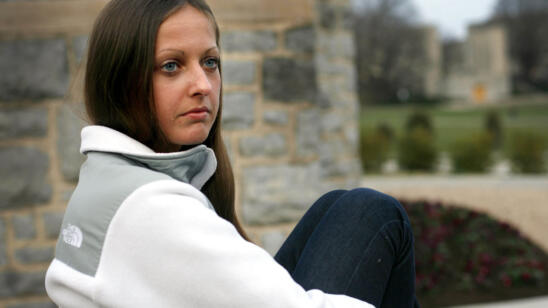In the wake of the Las Vegas mass shooting, we asked Ken Holmes, a retired California coroner and former death investigator, how coroners prepare physically and emotionally for large disasters.
You were coroner of an area [Marin County, California] that’s somewhat rural. Does your training apply to major disasters in other types of locales?
All of us—I’m talking any county in California—have some sort of mass disaster plan in place. In Marin County, I was in charge of developing our plan. I had what I called my disaster trailer. It contained three very large army-size tents with airlock doors and AC ports. We could move that trailer to wherever we would need to establish a temporary morgue facility.
In Marin, we are surrounded by water. Since 9/11, all of us [coroner’s offices] have to think about what terrorists would be after in our jurisdiction. In our case, we thought of the Golden Gate and Bay bridges because a mass-terror attack on them could cut off San Francisco completely. We are also in the direct flight path for everything coming from the north to San Francisco International Airport. We must have plans in place for if we don’t have road access due to flooding, since our county only has small airports. We’d be limited to helicopters and boats to get supplies in and survivors out. It varies from jurisdiction to jurisdiction, but if people start dying, I as coroner need access one way or another to that area.
What exactly is a coroner’s responsibility?
Any time someone dies—in a house fire, a car crash, suicide, of natural causes, or suspicious ones—the coroner’s office is immediately called to the scene. We examine the body, talk to witnesses and determine the rough time of death from lividity (blood settling in the body after death), rigor mortis or temperature. There’s a whole routine of photos and measurements we go through. We identify firearms and casings, and legal and illegal drugs. We count every pill in every bottle at a death scene to determine if the person has taken meds. The coroner signs off on the cause of death. People don’t know this, but coroners do the majority of death notification [to next-of-kin], not the police.
Do you think it is harder emotionally to be dealing with mass victims of a tragedy versus the victims or bodies you work with every day?
Yes, it is much more difficult. John Fudenberg, the coroner of the Clark County Office of the Coroner/Medical Examiner in Las Vegas, is a friend of mine. They have a very fine facility in Las Vegas, but of course it’s not set up for an influx of 59 people. It’s a matter of storage and refrigeration. Families need somewhere to come in to identify victims.
I know the Las Vegas disaster plan was along the lines of a high-rise building collapse, a fire within a building or localized flash flooding. I know that, in this case, they were completely overwhelmed in those first few hours. But they have a really good system and [I talked to some people there and they] were able to manage all the dead by 9:30 a.m. the next morning. I called to offer my help. There’s only one coroner per county (the top titled person who can sign off on cause of death), so when something like this happens pretty much all of us jump up and offer to help.
How do you manage autopsies for everyone during such a large-scale event? Are autopsies always required?
That’s up to the coroner whether he autopsies every single person. [It’s] pretty typical—and if it were me—I would. I’d support whatever this coroner decides to do. It would, of course, depend on resources and time. It varies by county, but in such a well-known incident, if the coroner’s office is comfortable saying the cause of death was a gunshot wound to the head in a mass shooting, that could be enough.
It actually also comes down to the insurance companies—they have to know the cause of death. If the coroner’s office didn’t autopsy every single body, they would just want to take a lot of photos as documentation.
Do coroners in different counties prepare for disasters differently?
When thinking of disaster preparedness, you ask, ‘What are the things my county would have to prepare for?’ In our state, we need to be ready for the ‘Big One’ (an earthquake) or a tsunami.
Do you work with law enforcement and other agencies to collect evidence to potentially be used later in an arraignment or trial phase?
Yes, we work together with investigators from police, fire and federal or state agencies to close the case. As you know there was such chaos [during the Las Vegas shooting]. After they removed all the wounded people who were shot or were running and were trampled or knocked down, it is left up to the police and the coroner, in that instance, to coordinate where each of the decedents was found. That’s important from the standpoint of putting the entire scenario together.
Investigators want to understand where the shooter started and where he was shooting later. In addition to being evidence, this could be important to the families. You do this in great detail because you don’t know what questions will be asked later. Where was the dead person found? If someone was shot and then trampled, could they have lived if they hadn’t been knocked down? I’m conjecturing here, but that’s a question any family might ask.
Ken Holmes is the subject of the new book The Education of a Coroner: Lessons in Investigating Death by John Bateson. The book is available on Amazon.


